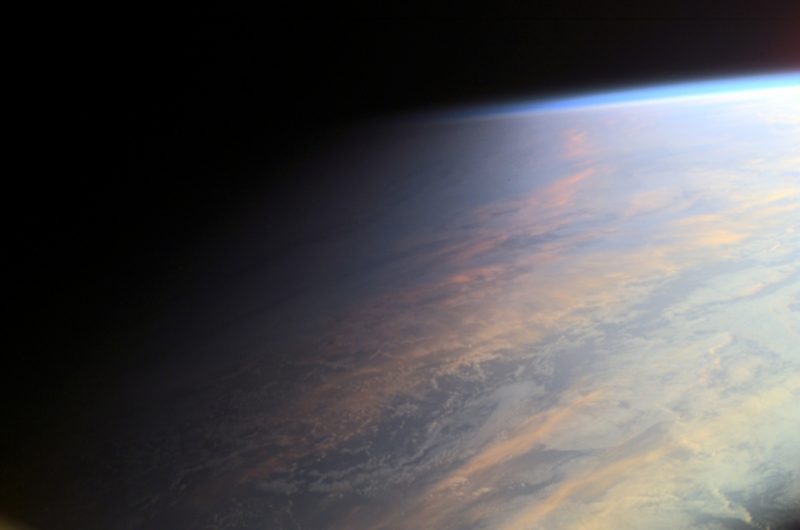What exactly is golden hour?
Golden hour refers to the period shortly after sunrise and before sunset when sunlight travels through more of the Earth's atmosphere, filtering out harsh blue light and leaving softer, warmer tones. This creates a magical golden light that's perfect for photography. The exact duration varies by location and time of year, which is why our calculator is so useful.
How is blue hour different from golden hour?
Blue hour occurs before sunrise and after sunset when the sun is just below the horizon. During this time, the sky takes on deep blue hues that can create stunning atmospheric photos, especially of cityscapes. While golden hour provides warm tones, blue hour offers cool, ethereal lighting conditions.
What are the different types of twilight?
There are three main twilight phases:
Civil twilight occurs when the sun is 0-6° below the horizon - enough light for most outdoor activities.
Nautical twilight (sun 6-12° below horizon) is when the horizon is still visible at sea for navigation.
Astronomical twilight (sun 12-18° below horizon) is when the sky is dark enough for most astronomical observations but still not completely dark.
When is the best time to see the aurora?
The aurora is typically visible during astronomical twilight when the sky is darkest but you can still see the horizon. This is usually about 1-2 hours after sunset and 1-2 hours before sunrise, though exact times vary by location. Our calculator shows you these optimal viewing windows for any location and date.
Why do golden hour times vary throughout the year?
The duration and timing of golden hour depends on the sun's angle relative to the horizon, which changes with the seasons. Near the equator, golden hour is relatively consistent year-round, but at higher latitudes, it can vary dramatically - very short in summer when the sun barely sets, and longer in winter when the sun stays low in the sky.
How accurate are your calculations?
Our calculations are based on precise astronomical algorithms that account for the Earth's elliptical orbit, axial tilt, and atmospheric refraction. Times are typically accurate to within a minute or two for most locations. For extremely high latitudes during certain seasons, small variations may occur due to atmospheric conditions.
Can I use this tool for any location worldwide?
Yes! MelAuroral works for any location on Earth. Simply enter the city name or coordinates. Our database includes time zone and daylight saving time information for accurate local time calculations anywhere in the world.
How far in advance can I check lighting conditions?
You can check conditions for any date in the past or future. Our algorithms work for any date, making it perfect for planning photography trips or aurora viewing vacations months or even years in advance.
Does weather affect golden hour and blue hour?
While our calculator provides the astronomical times for these lighting conditions, actual visibility does depend on weather. Clear skies are ideal, but interesting cloud formations can sometimes enhance the effects. We're working on adding weather integration to help you plan for optimal conditions.
Is there a mobile app available?
Currently MelAuroral is a web-based tool that works on all devices through your browser. A dedicated mobile app is in development and will be released soon with additional features like push notifications for optimal lighting conditions.




